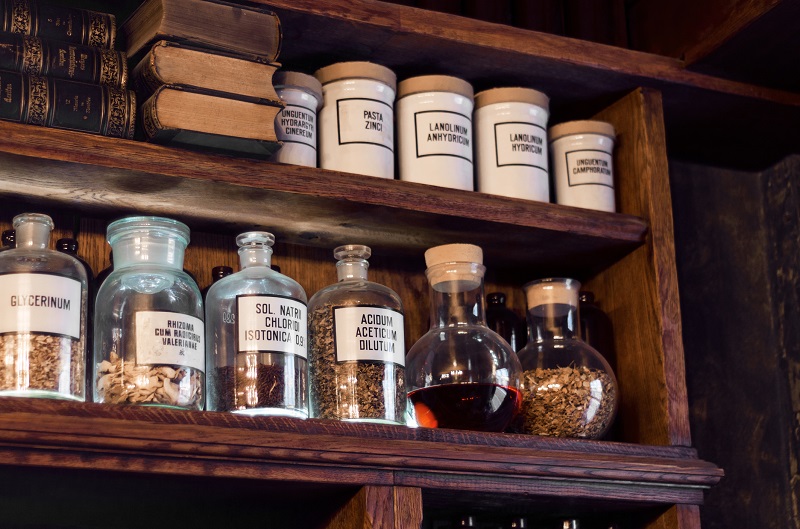For millennia, humans have cherished lanolin, a natural moisturiser derived from sheeps’s wool with potent emollient and protective properties, for its well-tolerated benefits. Today, various products and technical applications extensively use this unique substance created by nature.
Wool grease, lanolin in its unrefined form, is secreted by the sebaceous glands in sheepskin. Therefore, it is a naturally occurring substance derived from a renewable source. Its primary function is to coat and soften the wool fibers, thereby providing protection to both the skin and fleece against the elements. While chemically classified as a wax, the term ‘wool grease’ is commonly used to refer to it. However, it is also referred to by various other terms. These include neutral wool grease, centrifuged wool grease, crude wool grease, (crude) wool wax, (crude) wool fat, and lanolin industrial.
The wool scouring process produces liquids from which lanolin is extracted. Furthermore, gravity settlement removes heavy impurities such as sand and dirt. Afterwards, the wax is obtained using either centrifugal separation or solvent extraction methods. The resulting crude product resembles a dark, highly viscous paste with a distinctive odour reminiscent of sheep.
Throughout history, humans have cherished sheep for their contributions as a vital source of food, milk, and clothing. Dating back 11,000 years in domestication, sheep are the second oldest domesticated animals, surpassed only by dogs. Throughout this enduring partnership, humans have ingeniously utilised nearly every resource provided by sheep. One of these resources is the remarkable waxy substance that coats their fleeces, known as lanolin, renowned for its exceptional moisturising properties.
Therefore, humans have highly valued the nourishing and moisturising properties of wool grease since ancient times. Dioscorides, the Greek medic and pharmacologist, already mentioned wool grease as ‘oesypus’ in his work Materia Medica (Medical Matter) during the 1st century. He described a method of extracting wool grease from the hot washing liquids of sheep wool. In the Middle Ages, ‘oesypus’ found its place in various pharmacopoeias, including the Dispensarium Coloniense of 1565. Moreover, unrefined wool grease was recommended for its medicinal qualities, particularly as an ointment for wound-healing bandages.

Improved wool scouring techniques and the introduction of new detergents in the first half of the 19th century led to a decline in wool grease usage. The use of detergents like soap, potassium carbonate, and soda in the scouring process altered the properties of wool grease. Eventually, this alteration led to the valuable wax being discarded with the washing water.
However, in the 1880s, Oscar Liebreich and Otto Braun brought about a revolution in the refinement of wool grease. Ultimately, their centrifugal process resulted in the creation of lanolin. Derived from the Latin words for wool (lana) and oil (oleum), lanolin quickly gained popularity and became widely used in medical preparations. Moreover, its remarkable properties sparked numerous scientific studies, particularly in the field of medicine.

Chris Kommerowski
Sales Director
Chris Kommerowski Sales Director
Marco Heins Product Manager
Kruna Ramljak Product Manager
Christina Wegener Logistics & Sales Manager
Petra Pingel Logistics Manager
Julian Gruß Logistics Manager